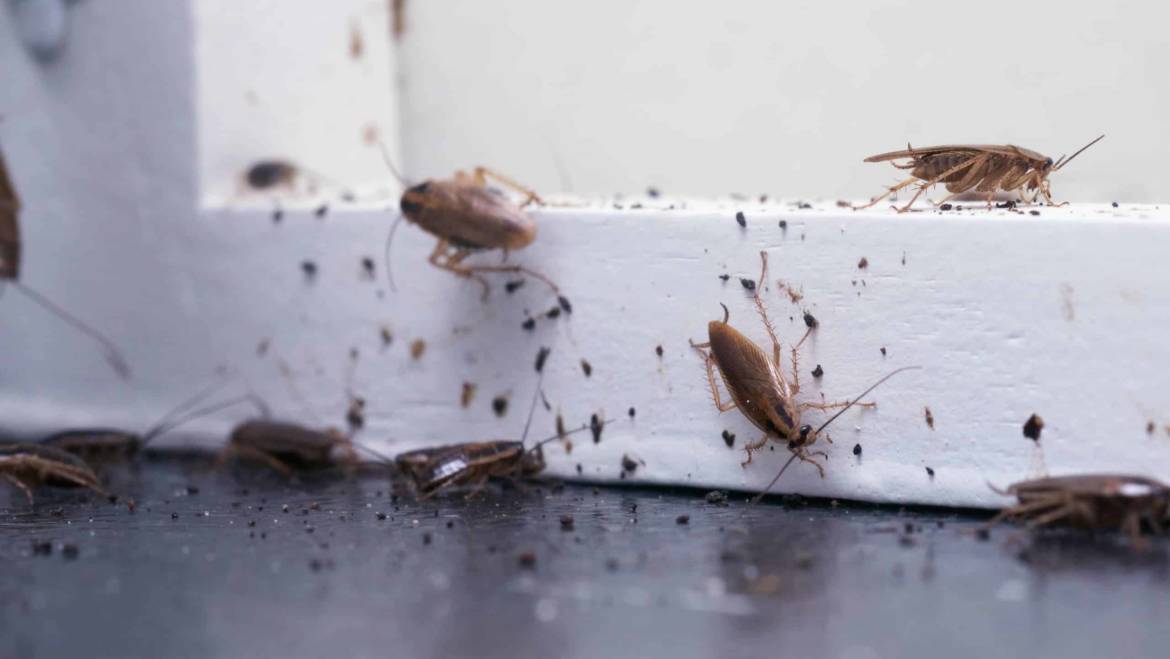How To Clean and Evict Dangerous Insects: Your Ultimate Guide to Effective Pest Control
Introduction: Keeping your home safe and comfortable means not only maintaining a clean and inviting living space, but also ensuring it’s free from the invasion of dangerous insects. Insects like spiders, cockroaches, and stinging pests can not only be a nuisance, but also pose serious health risks. In this comprehensive guide, we’ll walk you through the steps to effectively clean and evict dangerous insects from your home, providing you with the knowledge you need to create a pest-free environment.
Step 1: Identify the Pests: The first step in any successful pest control strategy is proper identification. Different insects require different approaches, so it’s essential to correctly identify the pests you’re dealing with. Common dangerous insects include spiders, ants, cockroaches, and stinging insects like wasps and bees. Research their habits, habitats, and potential dangers associated with each species to tailor your approach.
Step 2: Keep a Clean Living Space: Pests are often attracted to the availability of food, water, and shelter. By depriving them of these essentials, you can discourage infestations. Here’s how:
-
- Regular Cleaning: Clean your home thoroughly and consistently. Vacuum and sweep floors, wipe down countertops, and clean up food spills promptly. A tidy living space minimizes the chances of pests finding sustenance.
- Proper Food Storage: Store food in airtight containers to prevent pests from accessing your pantry. This step is especially crucial for deterring ants, cockroaches, and rodents.
- Eliminate Standing Water: Fix any leaks and avoid leaving standing water around, as this can attract mosquitoes and other insects.
- Declutter: Pests often hide in cluttered areas. Regularly declutter your home to reduce potential hiding spots.
Step 3: Seal Entry Points: Prevent pests from gaining access to your home by sealing all possible entry points. Common entry points include gaps around doors, windows, pipes, and vents. Use weather stripping, caulking, and mesh screens to seal these openings effectively.
Step 4: Natural Repellents: For those who prefer a more natural approach to pest control, consider using natural repellents to deter insects. Some options include:
-
- Essential Oils: Certain essential oils like peppermint, lavender, and eucalyptus are known to repel insects. Mix a few drops with water and spray in areas prone to infestations.
- Diatomaceous Earth: This natural substance is effective against crawling insects. Sprinkle it in areas where pests frequent, but make sure to use food-grade diatomaceous earth if you have pets or small children.
Step 5: Professional Pest Control: While DIY methods can help control pests, sometimes it’s best to call in the professionals. Professional pest control services have the expertise, tools, and knowledge to tackle infestations effectively, especially when dealing with dangerous insects like stinging pests or severe cockroach infestations.
Conclusion: Maintaining a clean and pest-free home is essential for the health and comfort of your family. By following these steps, you’ll be well-equipped to identify, prevent, and address dangerous insect infestations. Remember, a combination of proper cleaning practices, home maintenance, and professional assistance, when needed, will ensure that your living space remains a safe haven, free from the threats posed by dangerous insects.


Add Comment